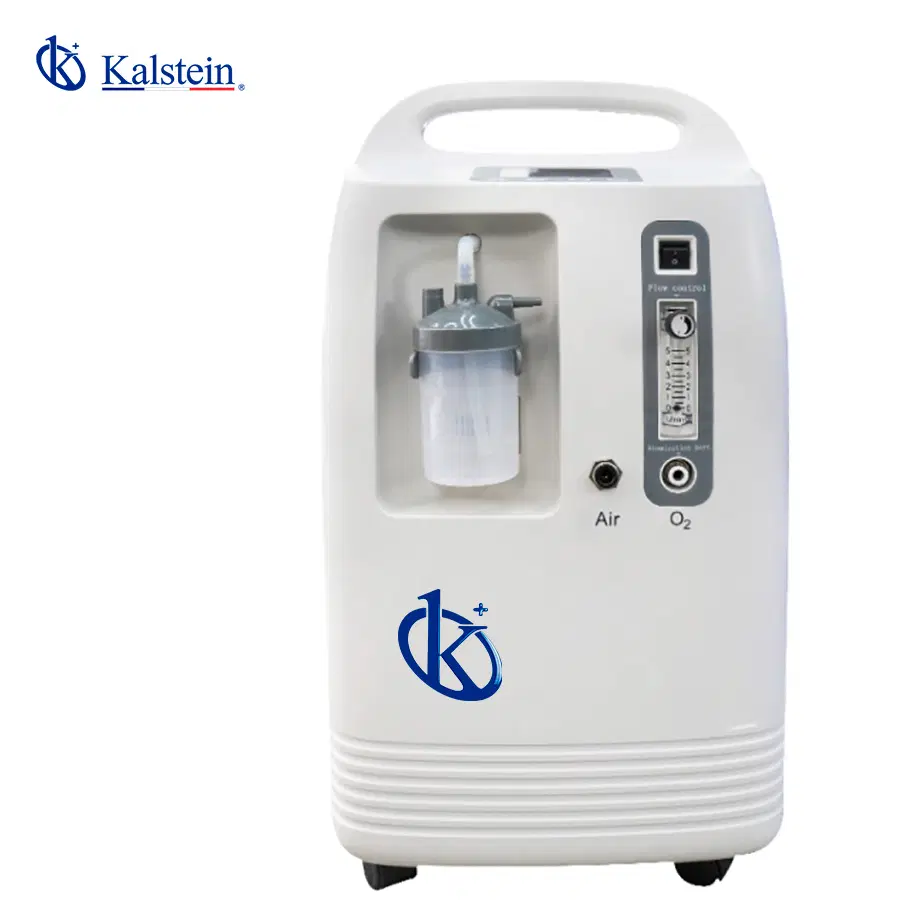Stationary oxygen concentrators have revolutionized home respiratory care. These devices are essential for patients with chronic respiratory diseases such as COPD (chronic obstructive pulmonary disease), emphysema, and other conditions requiring a continuous supply of oxygen. Unlike traditional oxygen tanks, stationary concentrators extract oxygen from the ambient air and deliver it at therapeutic concentrations, eliminating the need for frequent refills.
Medical innovation has made these devices more efficient and user-friendly, offering a sustainable solution for home treatment. Additionally, medical research has shown that the consistent use of supplemental oxygen can significantly improve the quality of life for patients, reducing fatigue and enhancing cognitive function.
Benefits of Stationary Oxygen Concentrators
One of the primary benefits of stationary oxygen concentrators is their ability to provide a continuous, uninterrupted supply of oxygen. This is especially crucial for patients who need oxygen therapy 24 hours a day. Stationary concentrators can produce up to 10 liters of oxygen per minute, catering to the specific needs of each patient.
Another significant benefit is the reduction in long-term costs. Although the initial investment may be higher compared to oxygen tanks, concentrators eliminate the need for periodic refills, representing substantial savings. Additionally, most devices are designed to be energy-efficient, minimizing the impact on electricity bills.
Unique Features of Stationary Oxygen Concentrators
Stationary oxygen concentrators come equipped with a variety of advanced features that enhance the user experience. One such feature is the low oxygen concentration alarm, which alerts the user if the oxygen level falls below a safe threshold. This ensures that the patient always receives the appropriate concentration of oxygen, contributing to the safety and effectiveness of the treatment.
Another notable feature is the automatic oxygen flow adjustment. Some advanced models can detect the patient’s respiratory needs in real-time and adjust the oxygen flow accordingly. This function not only optimizes therapy but also improves patient comfort by avoiding over-oxygenation.
How Stationary Oxygen Concentrators Solve Specific Problems?
For patients with limited mobility, stationary oxygen concentrators offer a practical and convenient solution. Unlike portable oxygen tanks, which can be heavy and difficult to maneuver, stationary concentrators are designed to remain in a fixed location, providing oxygen without the need to move the device.
Additionally, stationary concentrators are ideal for nighttime use, as many models operate extremely quietly. This allows patients to sleep comfortably without interruptions, ensuring restorative rest while receiving the oxygen they need. The peace of mind and comfort these devices provide are invaluable for those who depend on long-term oxygen therapy.
Medical Innovation in Stationary Oxygen Concentrators
The technology behind stationary oxygen concentrators has advanced significantly in recent years, thanks to medical innovation. Developments in molecular filtration and compression have made these devices more compact and efficient. This not only facilitates their use at home but also reduces the required maintenance, making respiratory care more accessible to all.
Moreover, medical research continues to explore new ways to improve these devices. From integrating smart connectivity that allows remote monitoring to developing more sustainable energy systems, the future of stationary oxygen concentrators promises even more benefits for patients and healthcare professionals alike.
Comparison with Other Oxygen Delivery Methods
Compared to oxygen tanks and portable concentrators, stationary oxygen concentrators offer a unique set of advantages. While oxygen tanks require regular refills and can be bulky, stationary concentrators eliminate the need for refills, providing an uninterrupted oxygen supply. This is particularly beneficial for patients who require continuous oxygen over extended periods.
Portable concentrators, while convenient for on-the-go use, may not always provide the same level of oxygen flow as stationary models. This makes stationary concentrators the preferred choice for home treatment, where consistency and reliability of oxygen supply are crucial for the patient’s health and well-being.
Considerations When Purchasing a Stationary Oxygen Concentrator
When considering the purchase of a stationary oxygen concentrator, it is important to take several key factors into account. First, the device’s capacity to provide the necessary oxygen flow is crucial. Patients should consult with their healthcare professionals to determine their specific needs and choose a model that can meet those requirements.
Additionally, the noise level of the device is an important consideration, especially for nighttime use. Advanced models are designed to operate quietly, which is essential for uninterrupted rest. Finally, it is important to evaluate the energy efficiency of the device, as this can have a significant impact on long-term operating costs.
In summary, stationary oxygen concentrators are a vital and effective solution for patients requiring continuous supplemental oxygen. With ongoing advancements in medical innovation and research, these devices will continue to improve, providing a higher quality of life for those who depend on them.
If you’re seeking a blend of innovation and quality, you’ve come to the right place. At https://yulgary.no/category-product/medical-line/oxygen-concentrator/ we offer you the luxury to explore our exclusive catalog of laboratory equipment. We manufacture each piece of equipment with a level of excellence. Our intuitive and agile online shopping channels are designed for your convenience, ensuring the friendliest prices. Don’t hesitate any longer, we bring science to life, it’s time to become part of our community. https://yulgary.no/


